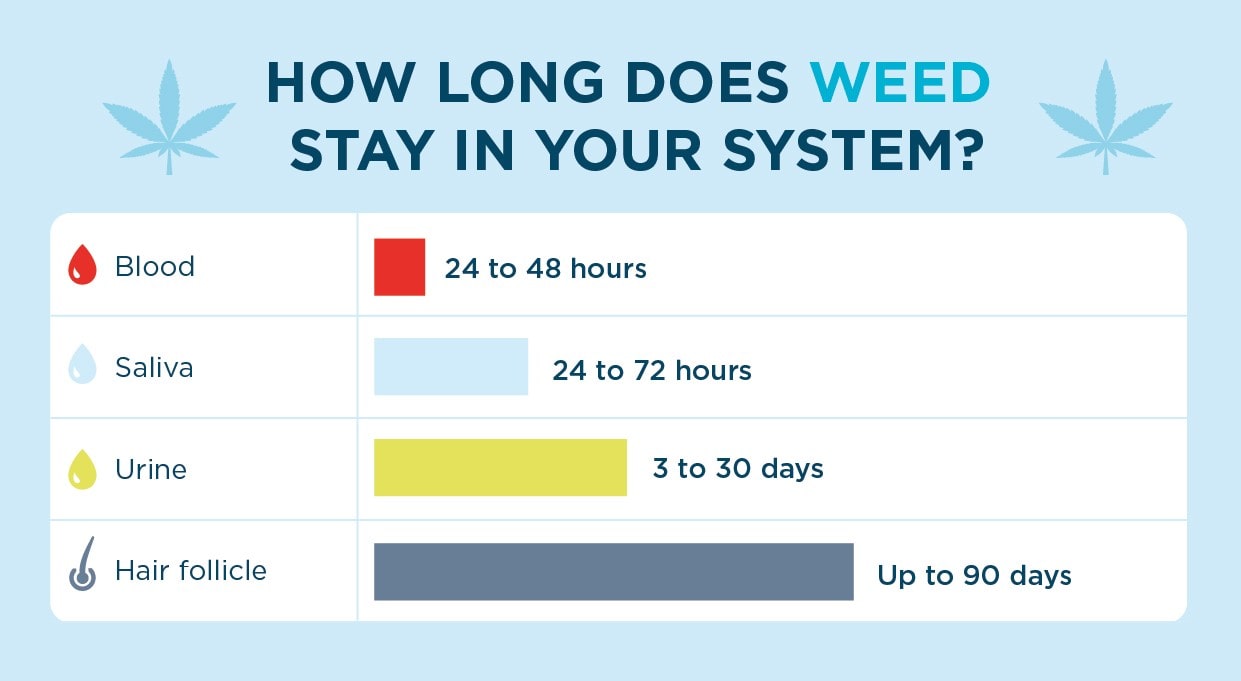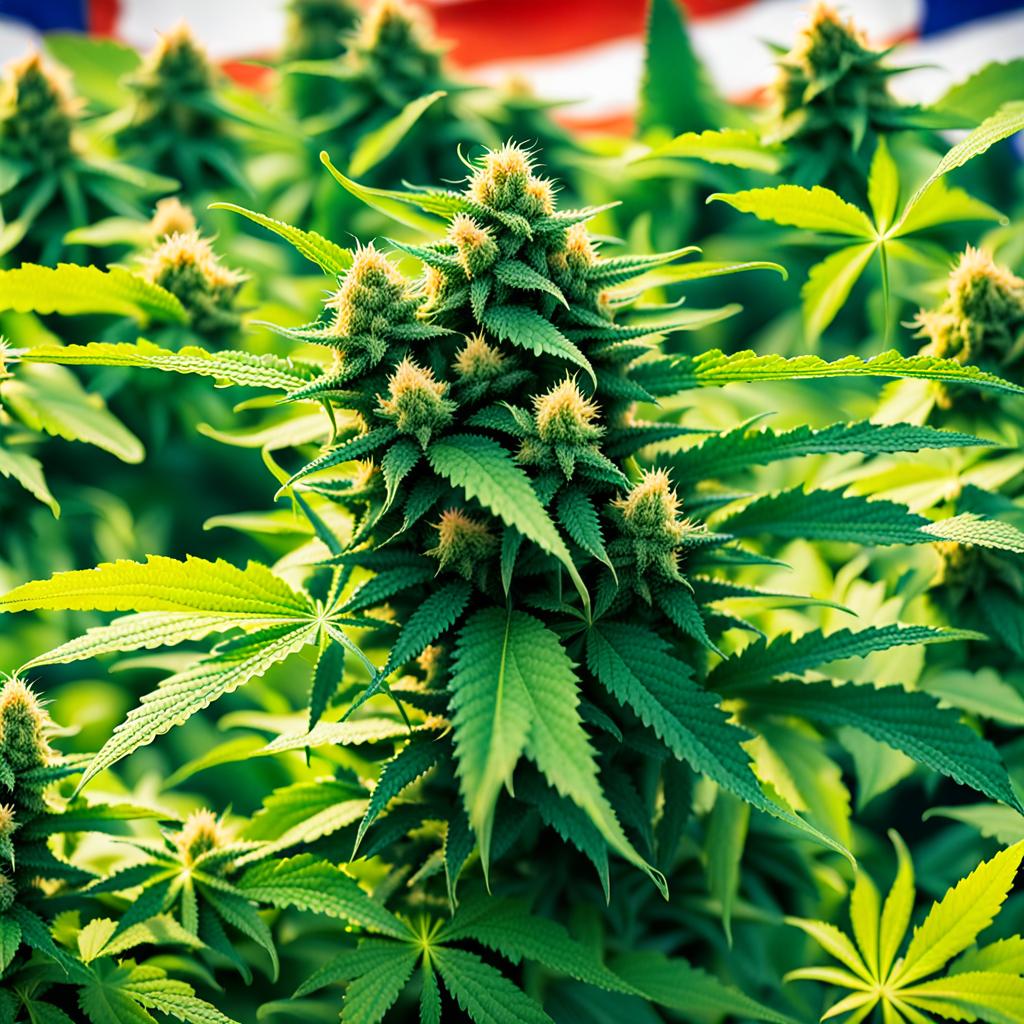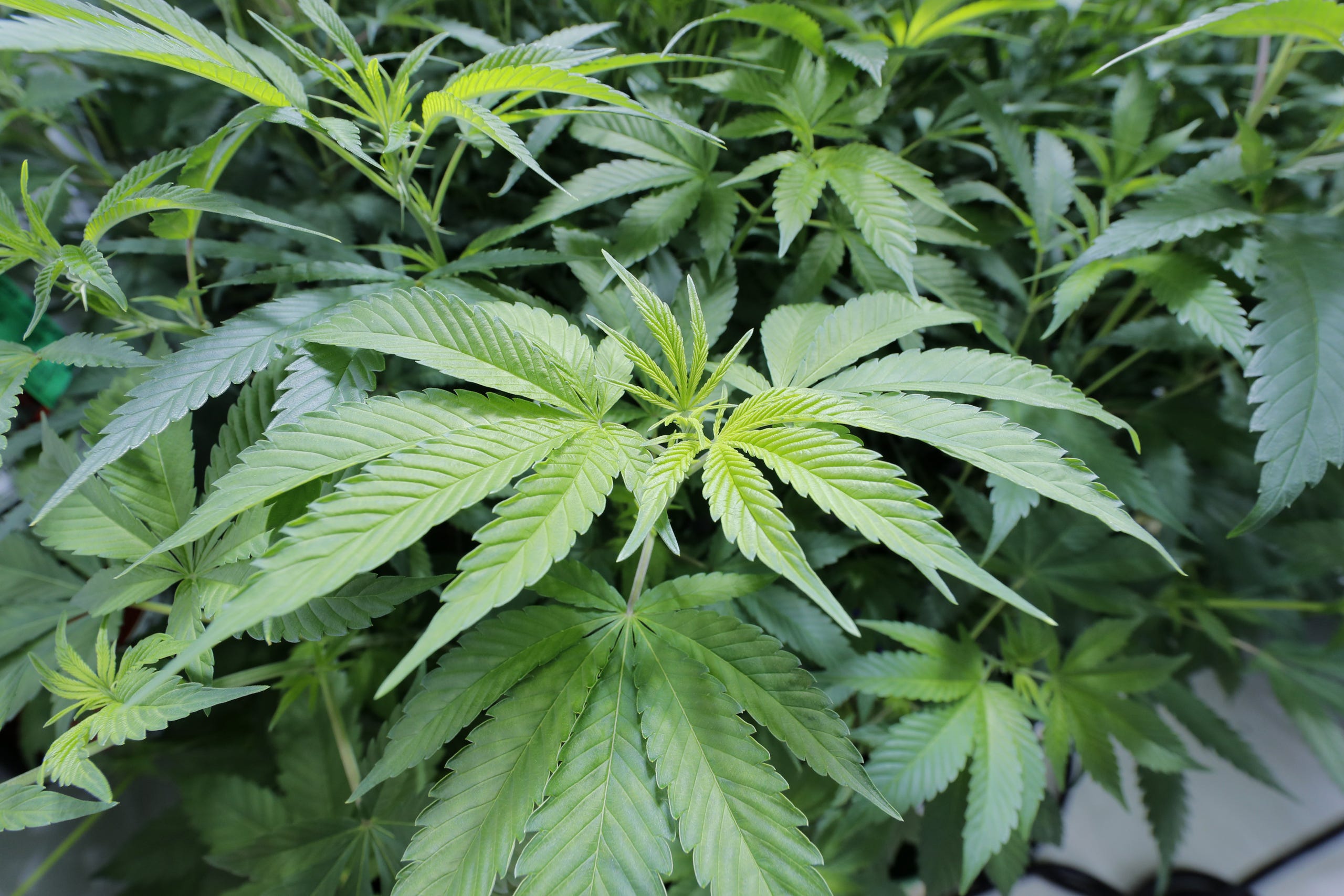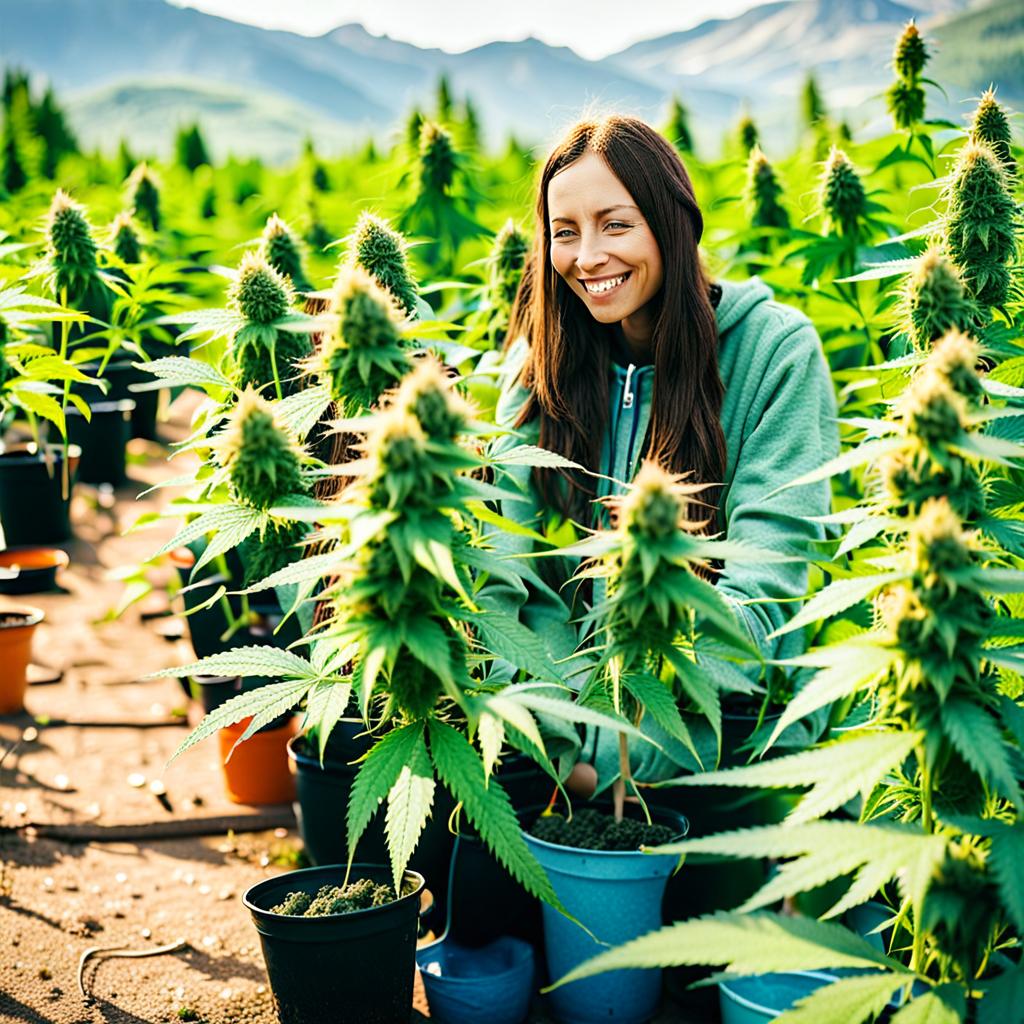is weed legal in new york
In New York, the recreational cannabis market hasn’t quite taken off as planned.
It’s been three years since New York legalized marijuana, and the state has awarded few licenses to applicants who want to open cannabis businesses. Today, illicit head shops far outnumber licensed dispensaries. So this month, Gov. Kathy Hochul ordered a review of the state’s Office of Cannabis Management, with the goal of speeding up its licensing bureaucracy.
Ashley Southall was covering criminal justice and policing in New York when she lobbied her editors to establish a beat for cannabis in 2022. Since then, she has observed, as she recently wrote, the “fits and starts” of a legal industry trying to take root in one of the world’s largest markets for cannabis.
In an interview, she explained how New York has fallen short of its goals and why the state hopes it can still build a successful market. This conversation has been edited.
Gov. Hochul said the rollout of legal cannabis in New York was “a disaster.” What, in her eyes, has been so disastrous?
There are a few things the governor mentions when she talks about why the program is a disaster. The biggest thing is the proliferation of illicit shops that have jumped the line to open. There are over 2,000 rogue shops in New York City, and about only 85 licensed dispensaries statewide. There are many more unlicensed shops than there are legal places to buy safe, tested weed, which sends tax revenue toward repairing some of the harm of the war on drugs. The state is still trying to figure out how to achieve those central goals of the legalization law.
More on Cannabis
With recreational marijuana becoming legal in several states, cannabis products are becoming more easily available and increasingly varied.
- A Rare Mention: Biden briefly referenced a topic that he has often been reluctant to embrace: marijuana. His words could signal a move toward promoting the efforts he has made to liberalize cannabis policy.
- CBD Stalls Out: CBD, which is derived from cannabis or hemp, was poised to be the next big “it” ingredient. But a lack of federal regulation and a mishmash of state laws got in the way.
- Curing Animals With Cannabis: While many people and their doctors have embraced medical marijuana, treating pets and zoo animals with CBD and THC is just beginning.
New York City residents are familiar with the smoke shops that have proliferated in the past 12 to 18 months. Why have these shops been able to open?
For years, New York has had a problem with empty real estate. You can go down streets in the city and see empty storefronts where a bank or a cafe used to be. When legalization passed, there was a sort of cash grab, and landlords began renting to unlicensed sellers. At the time, there wasn’t a lot of clarity about their legal status because there weren’t regulations. The Office of Cannabis Management had not been set up. By the time the state clarified that these shops were illegal because they were not licensed, a lot of stores were already open. Enforcement didn’t follow.
Unlicensed store owners see an opportunity to make money; they also don’t face strong punishment. The fines that the state issues can be contested, and they’re not stiff enough to make business owners think twice. One of the things that the city and the state have tried to do is to put pressure on landlords to evict these stores. So far, that hasn’t been effective.
So there’s no law enforcement agency that can raid an unlicensed store and shut it down?
That’s what the New York City Sheriff’s Office does every day. But after a raid, many of these stores just reopen within a matter of hours or days. Even after a raid, there’s still a process of administrative hearings. The city or state has to make its case and meet evidentiary goals. The stores fight back and say, “We’re not selling weed, we’re selling hemp,” to get around the cannabis law. It can take a while to get a court order that puts a padlock on stores, which is what the state is really seeking. They’re seeking to get them out of business.
Enforcement against unlicensed vendors was not part of legalization law because the people writing it did not anticipate these rogue shops cropping up. So one of the things that held up enforcement as unlicensed shops were multiplying was the need to sort out who was ultimately responsible. That was assigned to the state cannabis and tax agencies, but their resources are limited. So lawmakers now want to give more power to local authorities. It’s high on the agenda of current budget negotiations.
Since legalizing cannabis at the end of 2012, Washington State has seen relative success in that most consumers purchase legal weed. In California, the illicit market is still thriving six years after legalization. Does New York think it’s possible to get on the path of Washington State?
The state has got to get a handle on these shops. You can’t have illegal shops competing with licensed retailers because they’re going to undercut licensed retailers at every turn, especially on price.
But the state also has to change consumer sentiment. A lot of consumers either don’t know or don’t care that many of these shops are unlicensed. They don’t understand why the difference is important. The state has to get the message out that cannabis legalization is not just about a cash grab by the government, but about addressing some of the harms of the war on drugs through tax revenues, which unlicensed shops are not paying.
What should consumers know about the differences between purchasing cannabis at a licensed dispensary versus an unlicensed shop?
At licensed dispensaries, you pay an extra 13 percent for cannabis, and that goes back to state and local governments to invest in education and drug treatment. Some goes to policing, but the largest portion goes toward programs that support people who are affected by the war on drugs. It could be job training, education or housing for people with criminal drug convictions.
A lot of illicit weed is coming from out of state. Some of it is grown legally, but it failed testing, or it hasn’t been tested at all. Some of the products are counterfeit and may be tainted with copper or lead. So there’s a health aspect to this as well.










